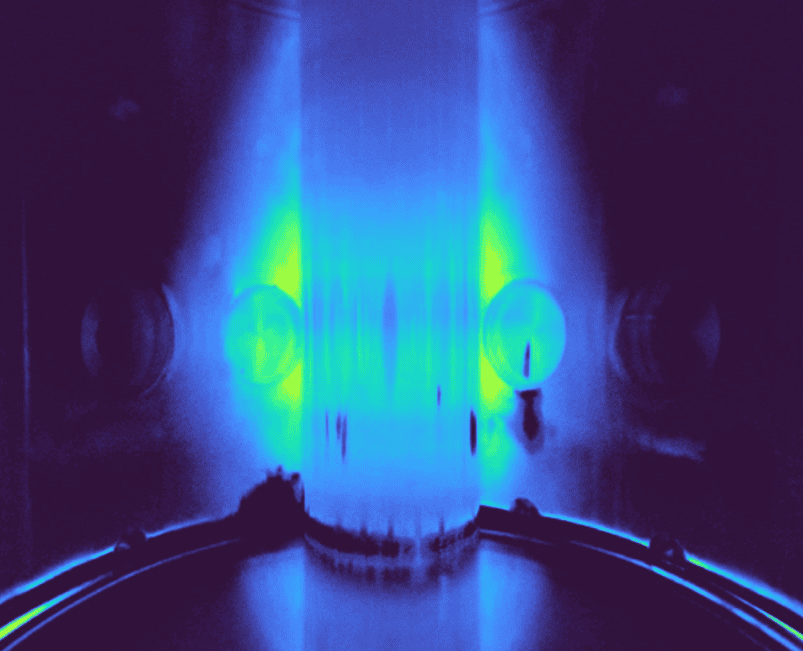Sweden is getting on board India’s Venus orbiter mission ”Shukrayaan” with a scientific instrument to explore the planet. Ambassador of Sweden to India, Klas Molin said Swedish Institute of Space Physics (IRF) is engaged in the venture, its second collaborative project with the Indian Space Research Organisation (ISRO).
“IRF’s satellite instrument Venusian Neutrals Analyzer (VNA) will study how the charged particles from the Sun interact with the atmosphere and exosphere of the planet”, he told PTI.
“The new Venus mission means that the collaboration between IRF and ISRO continues”.
The VNA would be the ninth generation of IRFs series of miniatured ion and ENA (Energetic Neutral Atoms) instruments, according to Swedish officials.
The first generation was named SARA (Sub-keV Atom Reflecting Analyzer) and was launched on board the Indian spacecraft Chandrayaan-1 that explored the Moon in 2008-2009. SARA consisted of two sensors. One was a detector for energetic neutral atoms and the other was an instrument to measure the flow of ions in the solar wind.
The instrument studied how the plasma around the Moon interacts with the moon where the surface is not protected by an atmosphere or a magnetic field, they said.
“For the first time ever, SARA could investigate energetic atoms that are knocked from the lunar surface when they are hit by the solar wind”, Swedish officials said.
The SARA experiment was the first collaborative project between IRF and the ISRO.
On collaboration in general with India in the field of space, Molin said Sweden has quite a lot to provide, both from its institutions and from space tech companies. He said India has a clear ambition to explore the universe, other planets and to send humans to space. “This segment includes to a large extent R&D effort, both regarding space technologies and services.”
“The unique Space Tech Testbed capability at Esrange can also carry out even more advanced tests of equipment and technologies that should be used in exploration campaigns”, Molin said. On future prospects in the space field between the two countries, the Ambassador noted that India has recently created National Space Promotion and Authorization Centre (IN-SPACe) to provide a level playing field for private companies to use Indian space infrastructure.
This is part of reforms aimed at giving a boost to private sector participation in the entire range of space activities, he said. “The future is exciting as India is opening the space market for commercial player participation and easing import-export restrictions, including 100 per cent FDI allowed in satellite development and deployment. It is important to underline that ISRO will remain as the main Indian customer in the coming years, but the market growth could be exponential”, Molin said.
According to ISRO officials, the Indian space agency has short-listed 20 space-based experiment proposals, including from France, for its proposed Venus mission to study the planet for more than four years. They include “collaborative contributions” from Russia, France, Sweden and Germany. ISRO was eyeing June, 2023 for the country’s first mission to Venus.
“But we are currently reviewing this mission timeline due to delays arising from the pandemic situation”, an ISRO official said.
“Future launch opportunity is either in 2024 or 2026”. It was noted that optimal launch window (when Venus is closest to the Earth) comes about every 19 months. Of the Indian and international payload proposals it received in response to an announcement of opportunity for novel space-based experiments to study Venus, ISRO has short-listed 20 and they are currently under review.
The one already selected, according to French space agency CNES, is France’s VIRAL instrument (Venus Infrared Atmospheric Gas Linker) co-developed with the Russian space agency Roscosmos, and the LATMOS atmospheres, environments and space observations laboratory attached to the French national scientific research centre CNRS.
Scientific objectives of ISRO’s Venus mission are investigation of the surface processes and shallow subsurface stratigraphy; and solar wind interaction with Venusian Ionosphere, and studying the structure, composition and dynamics of the atmosphere, according ISRO.
The payload capability of the proposed 2500-kg satellite, planned to be launched on GSLV Mk II rocket, is likely to be 175 kg with 500W of power.
The proposed orbit is expected to be around 500 x 60,000 km around Venus. This orbit is likely to be reduced gradually, over several months to a lower apoapsis (farthest point).
iPhone 12 Pro Series Is Amazing, but Why Is It So Expensive in India? We discussed this on Orbital, our weekly technology podcast, which you can subscribe to via Apple Podcasts, Google Podcasts, or RSS, download the episode, or just hit the play button below.





